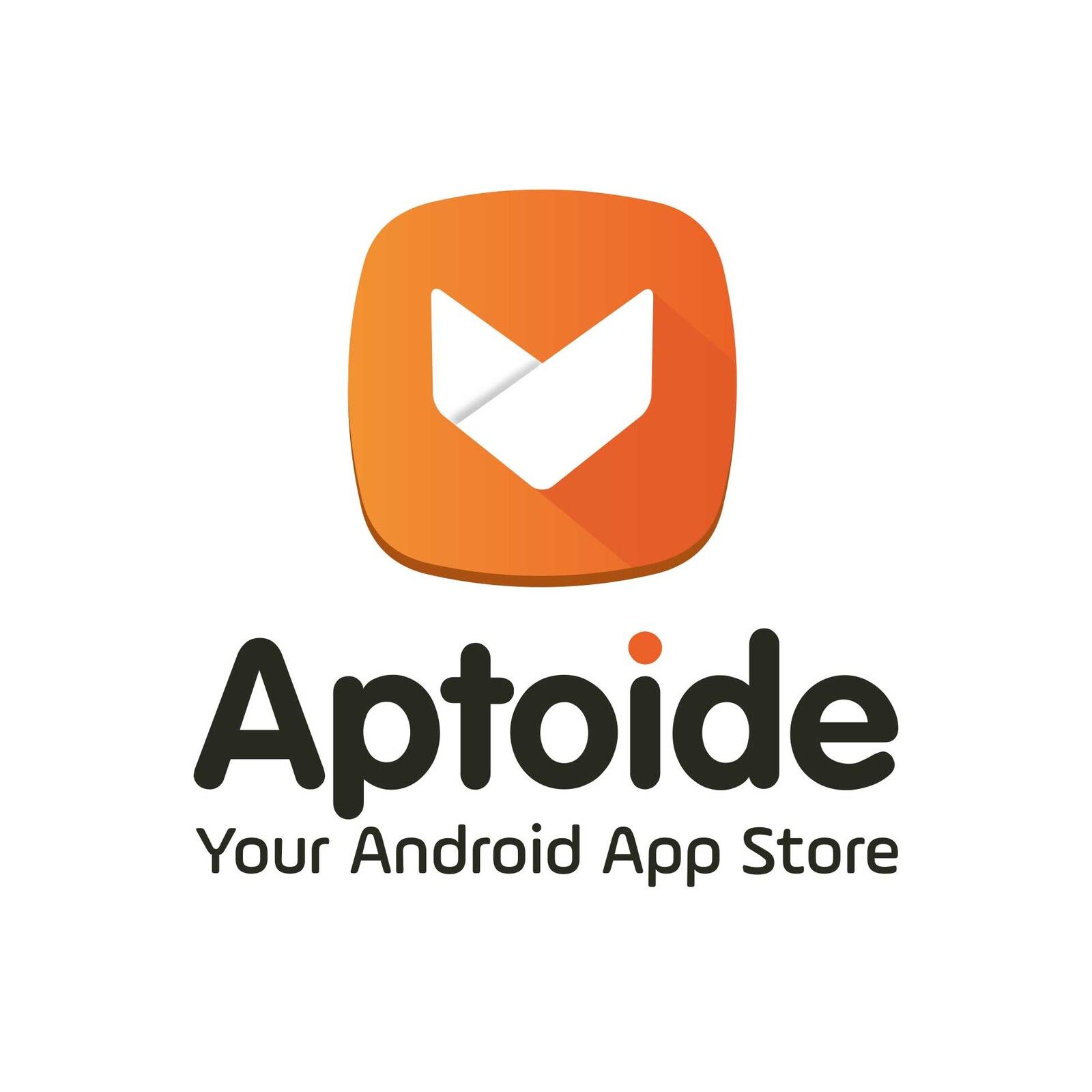The CAPS$ Approach to Monetization
As any developer worth their salt knows, figuring out how to monetize a game is one of the most important skills in free-to-play game development. At any conference (or in any blog or podcast series, etc. etc.), you will find a lot of discussion about the mechanics of how to best monetize players - what the mix of IAP vs. ads should be, whether battle passes are hot or not, how to optimize your ad network stack, and so on.
These are all important and useful discussions, and it’s important for any successful team to think about them. But it’s also important to realize that the answers to these questions depend very heavily on what type of game you’re building and for what audience. Hypercasual games need to lean heavily into their ad monetization while midcore or casual games will tend to lean much more heavily into IAP. And this optimization can even change from day to day as CPMs go up and down across the ad market.
From a design perspective, it’s much more valuable and interesting to understand
why players monetize rather than
how to monetize them. And as a bonus, these core underlying player monetization motivations remain steady over time and across game genres and categories. Building a strong understanding of these core motivations to pay will help you craft successful free-to-play games while honing your player empathy. It’s a classic win-win!
I use a simple heuristic to think about the core types of player spending motivation: CAPS$ (pronounced “caps money”). This acronym lists players’ most important reasons for spending money in your game, and conveniently it does so in increasing order of spend per player (generally ARPDAU, but certainly ARPPU). Let’s take a look at each of these core motivations in succession. (No, not the TV show about the spoiled rich family…)
C is for Cosmetics
Cosmetic monetization is pretty easy to implement (depending on your underlying core technology), and a lot of developers - especially those who loudly revile “pay to win” mechanics - like to lean into it, but it’s a path with a number of hazards. I define cosmetic monetization as players paying for items that make them look cooler but don’t give them any kind of functional advantage in the game.
First and foremost, cosmetics simply won’t work at all in a wide variety of games. For cosmetic monetization to work at all, your game design
must include two key elements: an investable player manifestation and high inter-player visibility.
An investable player manifestation is a fairly simple concept - that there must be some entity (or small set of entities) that the player is focused on building up over time, and that a good chunk of the in-game economy’s output goes into building up this entity. This might come in the form of a well-decorated avatar in Fortnite or even a beautiful farm in Farmville. At first blush, this might sound like a universal design concept, but there are tons of games that don’t really feature this in their design - for instance saga-style puzzle games that are mostly focused on progressing through levels or hero collector that are mostly focused on building up a large, powerful catalog of heroes rather than a singular powerful entity.
High inter-player visibility means that as a part of gameplay, players see other player’s avatars (or other focal entities) routinely and frequently. After all, it’s no fun getting dressed up in your fanciest clothes, taking a look in the mirror, and then changing back into your gym clothes. This kind of visibility manifests constantly in games where players are piloting an avatar around a playfield - as in a battle royale or brawler game, but it can also work in games with a strong “visiting” loop where players are strongly rewarded for checking out other players’ well-decorated domains. It’s worth noting that third-person games have a strong advantage over first-person games in monetizing cosmetics. It’s fun to know that you look cool to other players, but it’s more fun if you can see yourself looking cool while the other players check you out, and even better if you can watch those players reacting to how cool you look while you check yourself out, and then you can see them reacting to your reaction to their reactions and well…you get the idea.
It’s important to remember that even if your game design allows you to successfully leverage cosmetic monetization, it tends to yield the lowest revenue per user. Often, for a game to succeed purely on cosmetic monetization it needs a truly massive number of DAU and great retention to sustain it; more than one game has gone extinct by running afoul of these requirements.
A is for Access (to Content)
The second major type of player motivation is getting access to additional content. For a large class of players, their main motivation is exploring your game - trying to see all the things your game has to offer. These players act like tourists within your game, and just like tourists they are willing to pay a bit extra to check out a beautiful museum or fantastic restaurant, these players are more than happy to plunk down a bit of money to discover more of your game so long as you consistently deliver them value for their dollar.
This access to content can come in a number of different forms. The most direct of these come in the form of literally locking content behind a paywall. This is very common in interactive narrative games like Choices where players must pay a small amount of real money to choose various actions in the game. As you can see from this example, these are typically the most exciting or salacious options available, adding to the player’s curiosity and drive to see the results.
This can also take other forms in different genres. For instance, the power-up and extra life monetization in games like Candy Crush Saga are also based on access to content - players don’t purchase these items for the joy and satisfaction of finishing the current level and watching the ensuing fireworks - rather they want to be able to move on and see what awaits them in the next level.
Likewise, in casino games like Zynga Poker or Big Fish Casino (check), some tables or machines are specifically reserved for high rollers, and players may buy extra bundles of chips to be able to experience them.
Basically, any time a player is paying to accelerate their single-player progress, you’re seeing Access monetization at work. This is one of the stronger forms of monetization available in single-player games, but it is dwarfed by some of the monetization motivations we will see in multiplayer games.
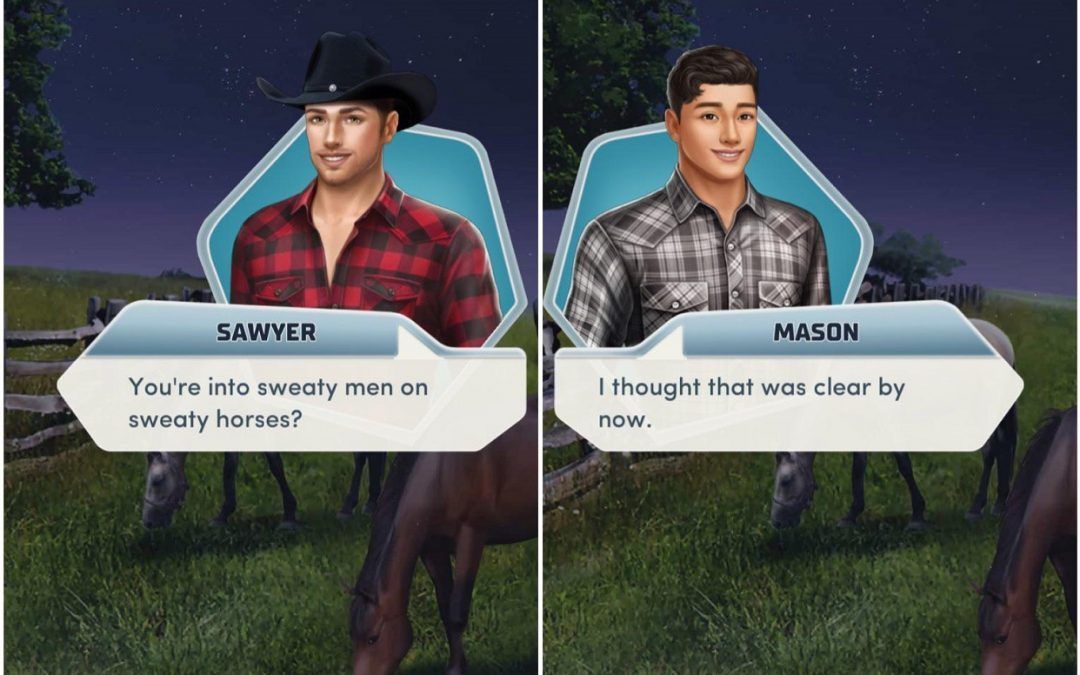
P is for Power
Power monetization is where players pay to gain competitive advantage over their opponents in a player vs. player contest. This can take a variety of forms, for instance a player may buy more cards in Hearthstone to enable them to build a top tier deck so they can beat tougher opponents and advance to higher ranks.
It could also take the form of players buying additional currencies so they can level up their heroes in games like Raid: Shadow Legends. This leads us to an interesting question - this particular action - buying resources to level up your heroes - both helps the player advance though the single-player campaign and also helps them defeat other players in PvP modes. So why is this behavior in the Power bucket?
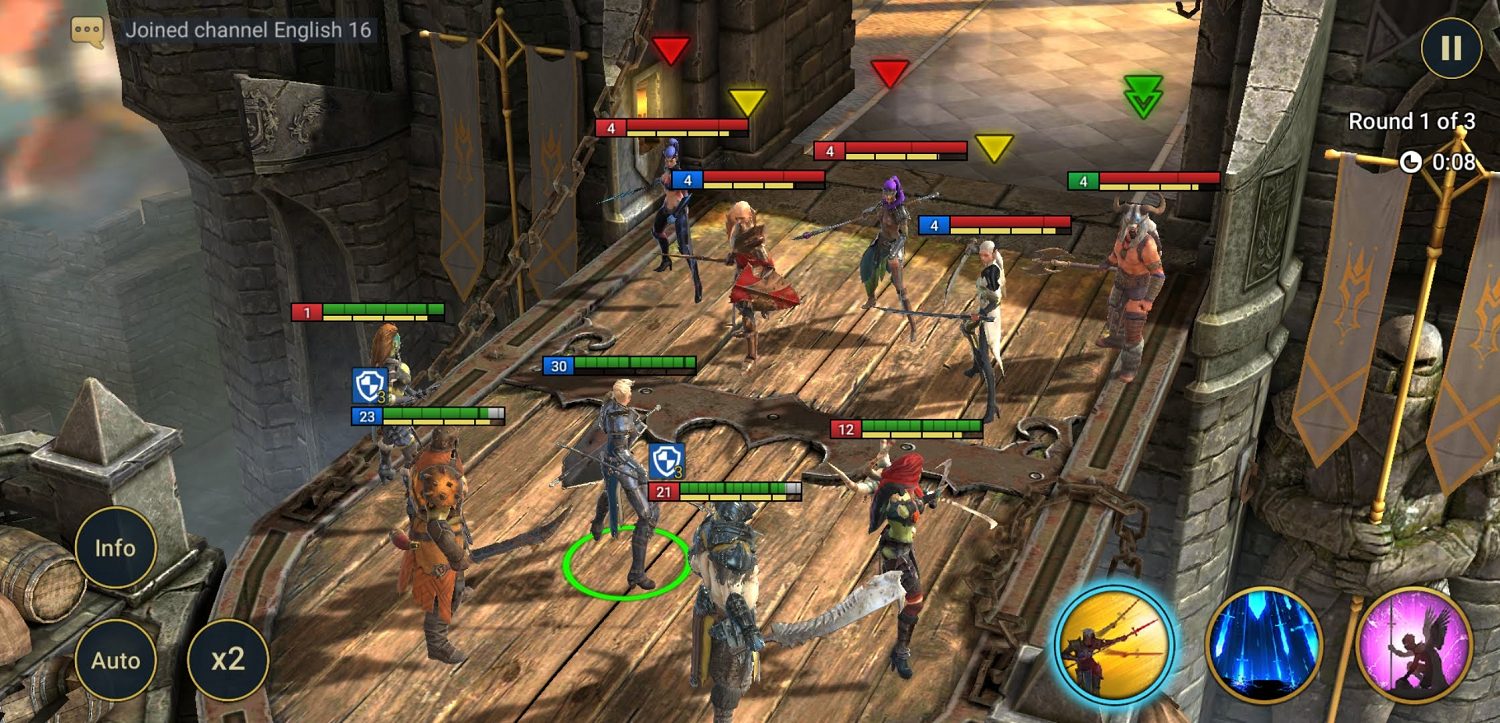
When players can use these resources to beat other players, it taps into a very different set of motivations. Access spenders are your game’s tourists - they want to see the sights and move on. Power spenders are the conquerors of your game; they are highly engaged with the feeling of vanquishing their opponents, and as a rule of thumb they will be willing to spend large amounts of money to do so.
This is one of the reasons that virtually all midcore games lean heavily into PvP competition. Even so, not every player will want to compete with other players - in fact, many casual players just want to relax and enjoy your game. But players that do attach to your PvP features will spend
a lot on a per capita basis.
S is for Status
So what could motivate players to spend even more than defeating their opponents and prove their supremacy? The ability to show off those accomplishments, of course!
This means that to fully monetize your audience, you need to have clear competitive goals for players. This might mean something like a set of badges for difficult achievements, like you might find on Club Pogo.
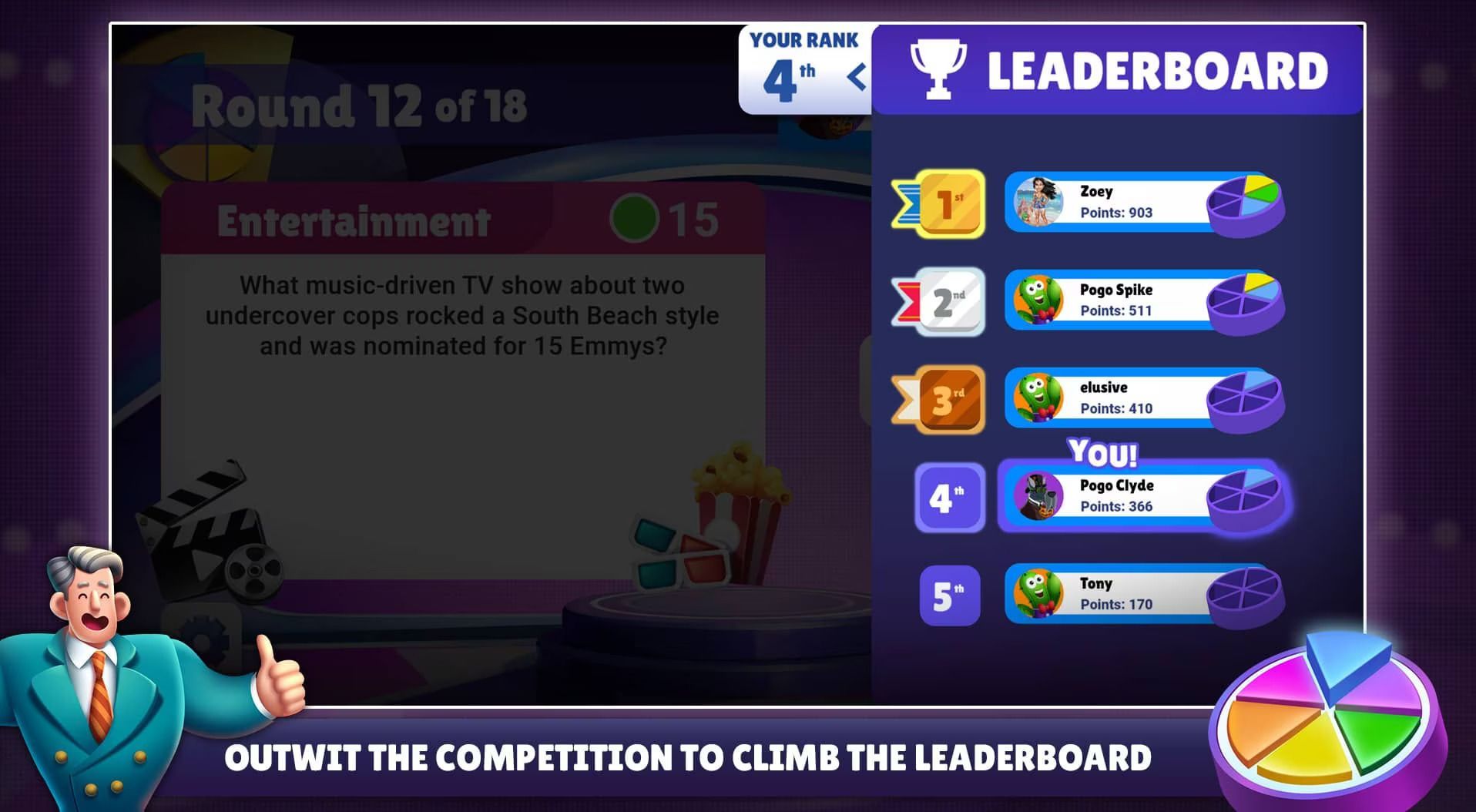
But it more commonly takes the form of some sort of leaderboard. Individual leaderboards are quite powerful in this respect. Players will spend very aggressively if they think they have a chance to finish on top of their leaderboard, even if it is just a sharded local leaderboard, so long as it is clear that lots of players will see and value that achievement as a badge of high effort and/or skill.
Guild leaderboards and guild vs. guild conflicts are an even more powerful form of Status motivation. Players in top guilds will exert high levels of pressure on one another to spend in to order to maintain the guild’s high (and highly visible) status, and will routinely eject players for failing to perform at a high enough level - usually by spending heavily for power.
$ Is For… Well… $
Although this won’t apply to most free-to-play games, it is worth mentioning that by far and away the highest spend per player comes in games in which players feel that they can win actual money. There are several distinct categories of game in this area, each with its own product intricacies, but all sharing the ability for users to win real money or its equivalent.
The biggest category of money-winning games are online casinos, whether in the form of slots, poker games, or full casino suites. Playing these for real money is illegal in the US (did someone say VPN?) but legal in many other countries.
Closely related are online sports books and fantasy sports from sites like FanDuel. The US currently allows online sports betting in 38 states.
The third most notable category in real money gaming is skill gaming, like that offered on the Skillz platform. Players pay fees to enter PvP gaming tournaments and most of the entry fees go to the winner and the platform keeps the rest - usually around 20%. This is also legal in most but not all US states and a number of countries worldwide.
There is also an emergent category of sweepstakes gaming, pioneered by Chumba Casino and other VGW games, where the input of money is masked out in various ways but the gift card payouts are quite real.
As with Status monetization, this will appeal to a relatively narrow slice of users, but those users will be willing to pay quite handsomely to participate in your game.
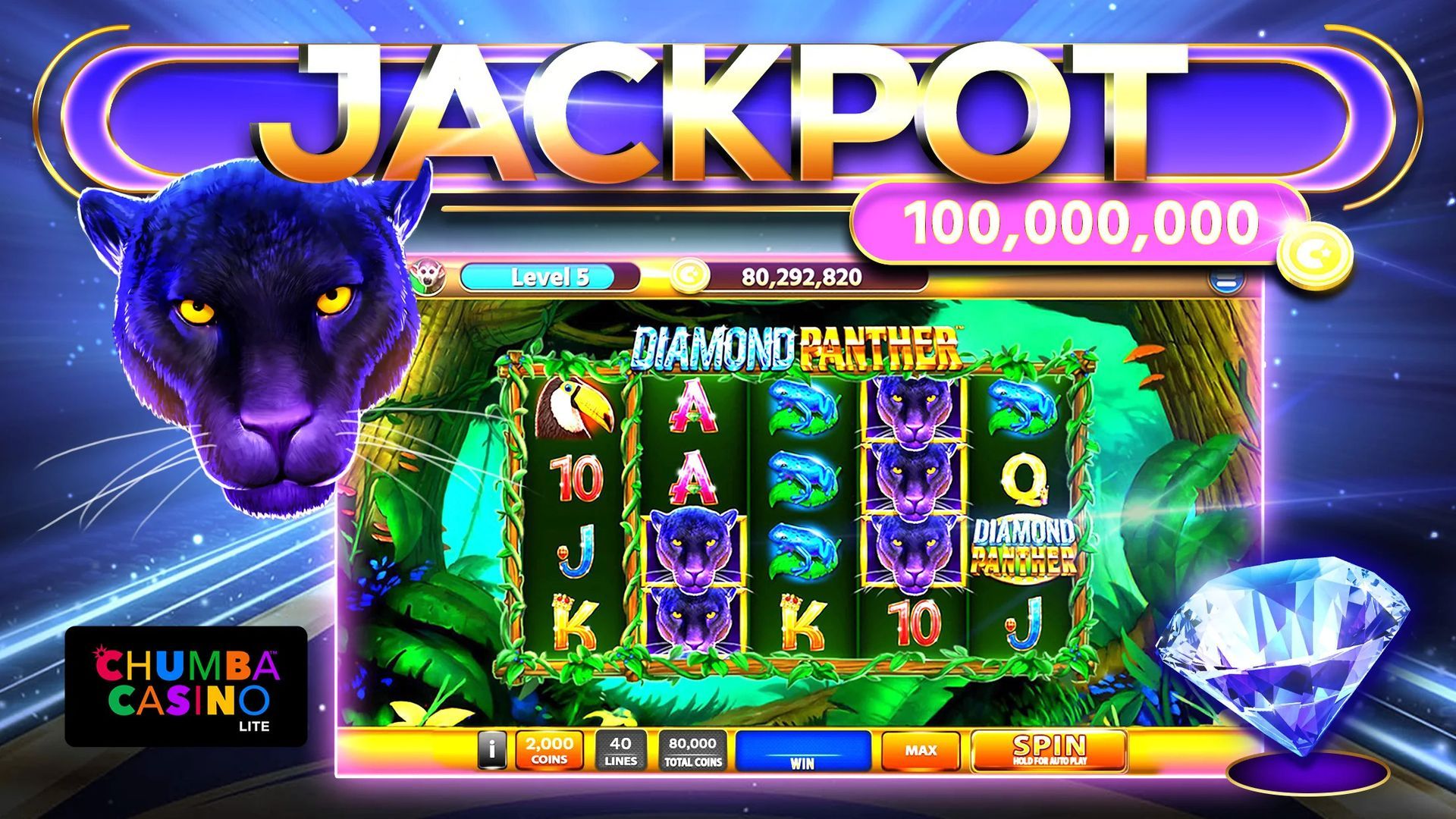
Combination Approaches
The effectiveness of any of these monetization approaches can be compounded by using a single feature to address multiple motivations. For instance, the Fortnite Battle Pass is a great example of combining Cosmetic and Status motivations. The Battle Pass gives only cosmetic rewards, however how far a player progresses on the seasonal progress track is determined by how much (and how well) they play the game, and many of the most visually impressive rewards are available only to users who sign up for the paid battle pass. This means that when you see a player sporting one of the coolest costumes in the game, it means not only that they played a lot (and usually pretty well), but also that they paid for the privilege of letting you know.
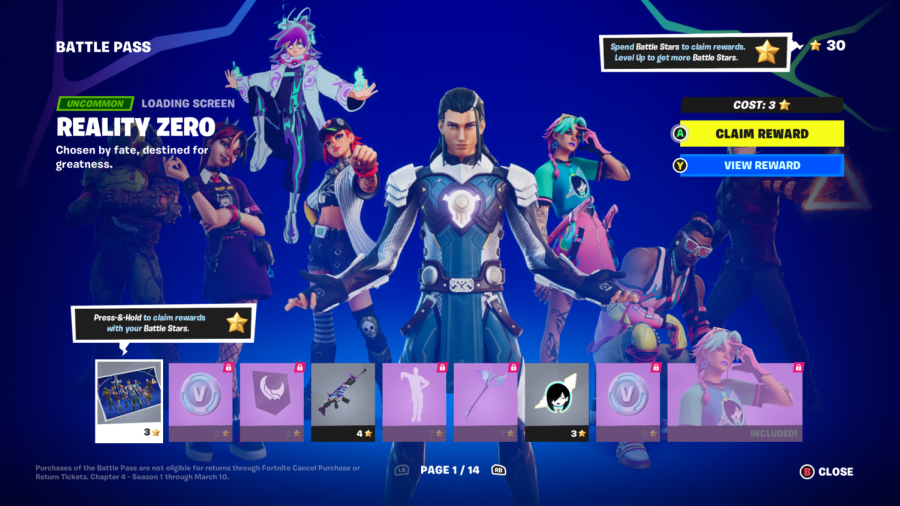
In Conclusion
Tactical monetization methods come and go. At times, IAP will be in favor, at others complicated ad tech stacks, then subscriptions, then battle passes, then various combinations.There are tons of tactical manipulations like price reductions and improved merchandising you can apply to enhance those techniques.
However, the motivations that prompt players to pay are pretty stable across time, platforms, and genres. And they exist in a clear hierarchy - C(osmetics), A(ccess to content), P(ower), S(tatus), and $(money). By focusing your attention on players’ underlying motivations for spending in your game, you can build a great base for these tactical monetization approaches to build on and gain great insight into how best to create new monetization opportunities in your game. Without clear understanding of and focus on players’ underlying motivations for spending, however, you will at best be building on a shaky foundation.




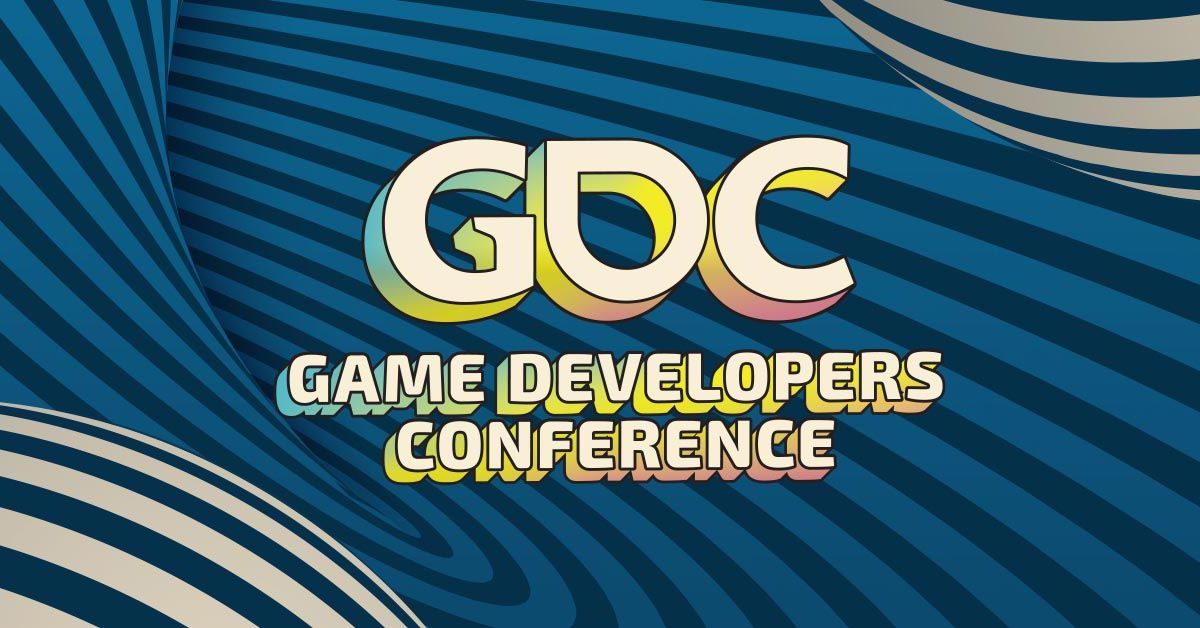
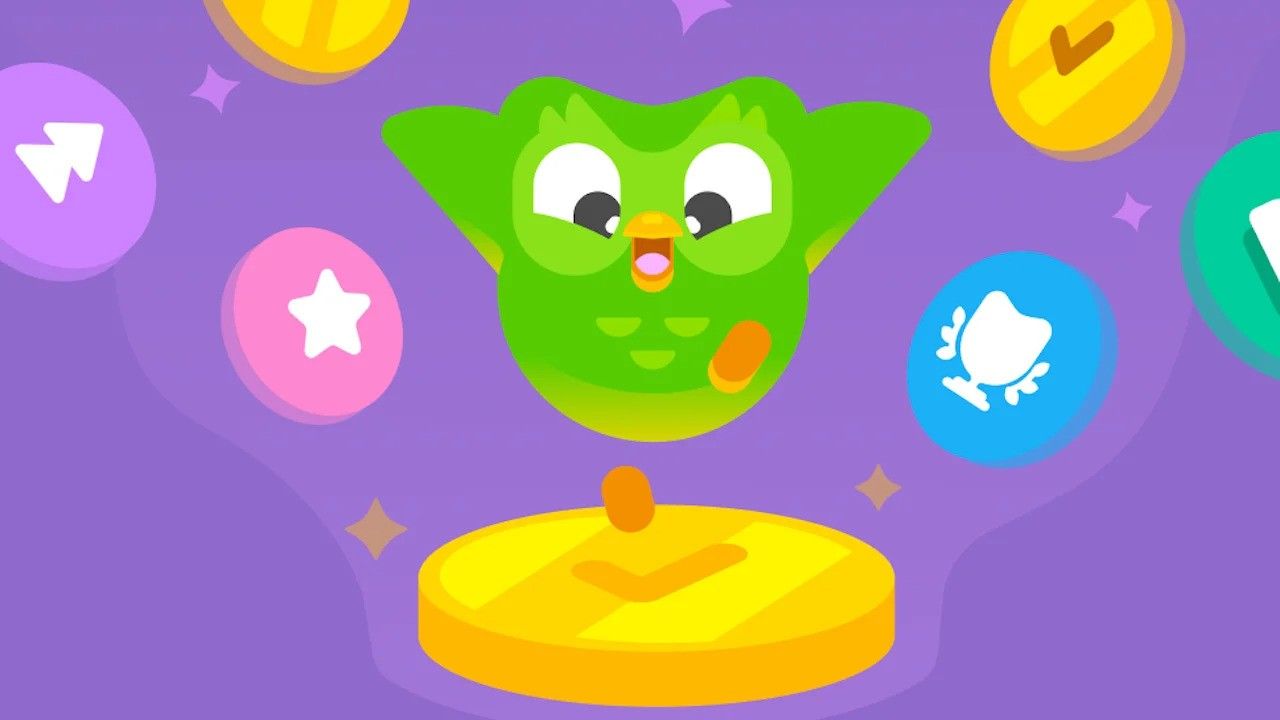
Quick Links
Services
Join Our Newsletter
We will get back to you as soon as possible.
Please try again later.
All Rights Reserved | Mobile Game Doctor | Accessibility | Privacy Policy | Terms & Conditions





